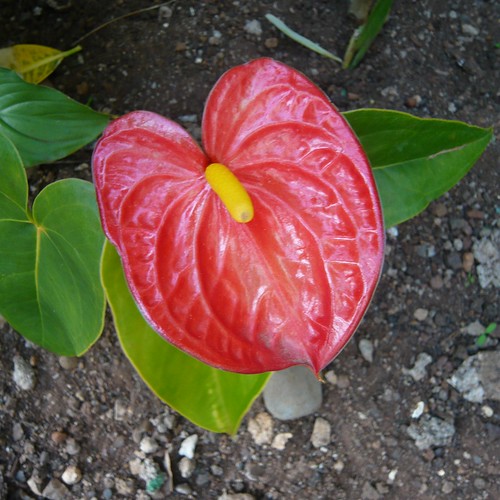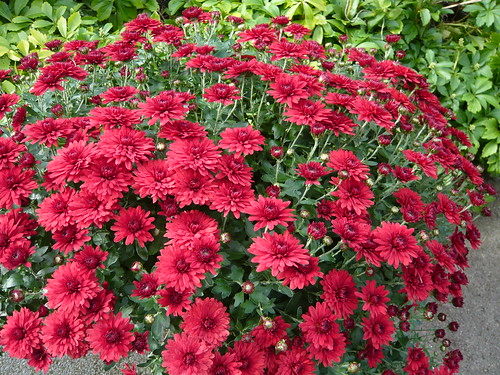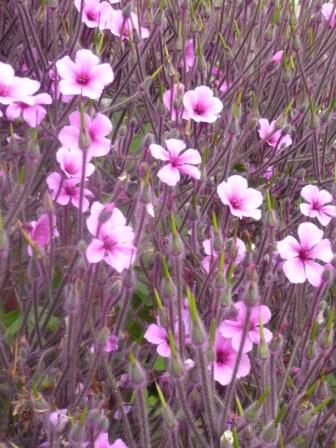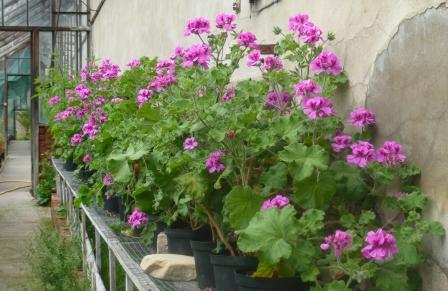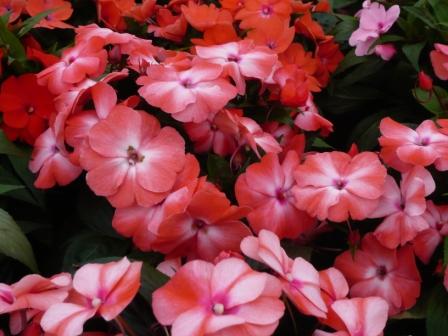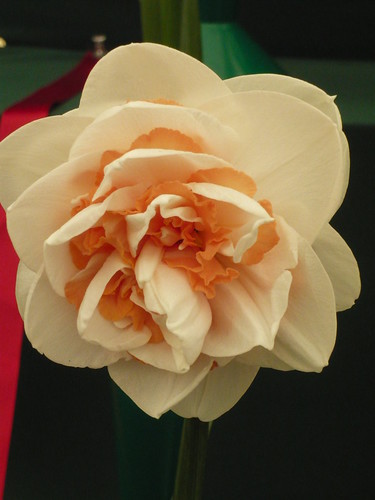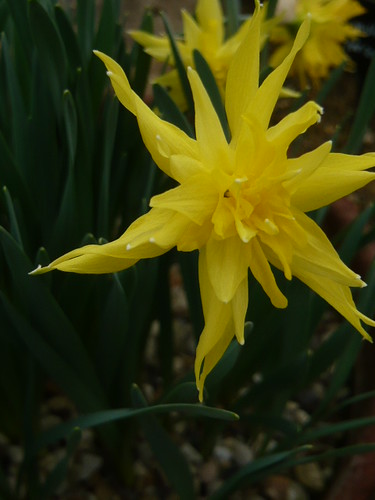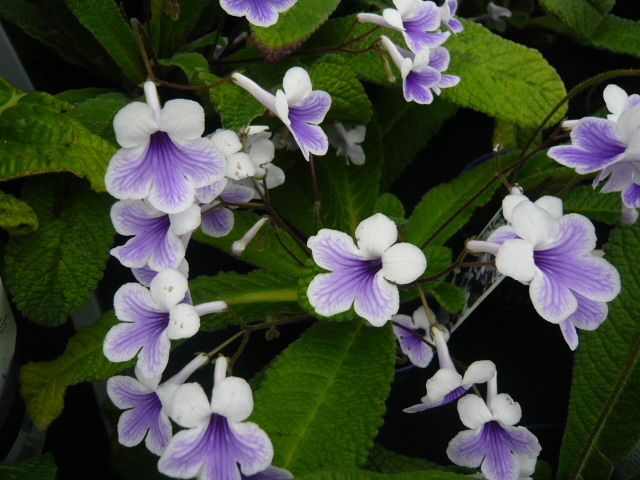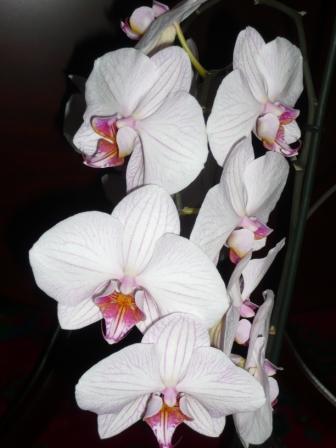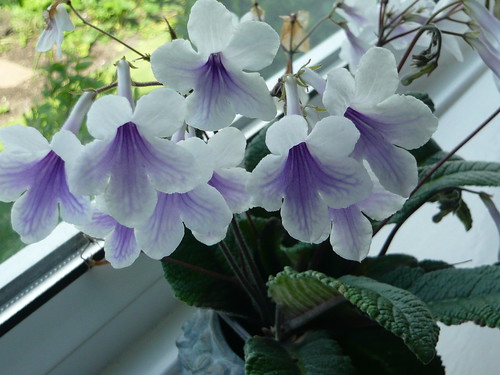
There is something exotic about the evergreen Anthurium that calls to mind hot tropical holidays. The long proboscis or spadix gives rise to the nickname ‘Boy Flower’. The main issues for Anthuriums as houseplants are to keep the room temperature above 60°F and the air humid.Â
There are 800-1000 species and new varieties regularly on the market so below is a small selection.
Selected Houseplant Varieties
Anthurium Crystallinum has large heart shaped leaves and grows about 18″ tall. Edges brown if too cold. Aerial roots need to be covered with moist compost so leave room at the top of the pot.
Anthurium Scherzerianum the ‘Flamingo Flower’ has waxy textured leaves and grows a bit smaller than other Anthuriums. A good plant to start with.
Anthurium Andreanum also called the ‘Wax Flower’ because of the texture of the red leaves. Appreciates some shade and humidity but not keen on dry central heating.
Tip The flowers will last for a long time as cut flowers.
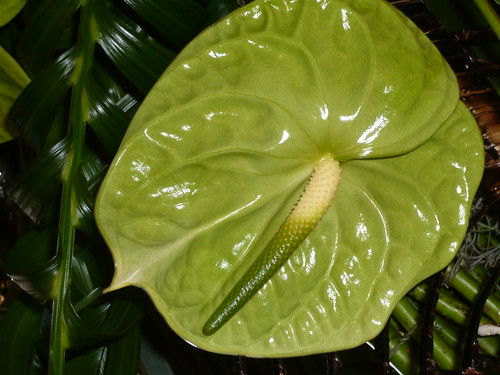
Green Anthurium one of the new colours now on the market.
Pruning Anthuriums
- Leggy plants can be trimmed to keep them in shape.
- Remove the dead and withered blossoms and overhanging leaves.
- After pruning allow the plant to heal and new shoots should come from the cuts.
- Mist and keep your pruned plant in bright indirect light.

Some of the best Anthuriums are grown in tropical or Mediterranean climates. Madeira produced this flower and many cut flowers adorned the church in ‘Monte’ during a recent visit.
